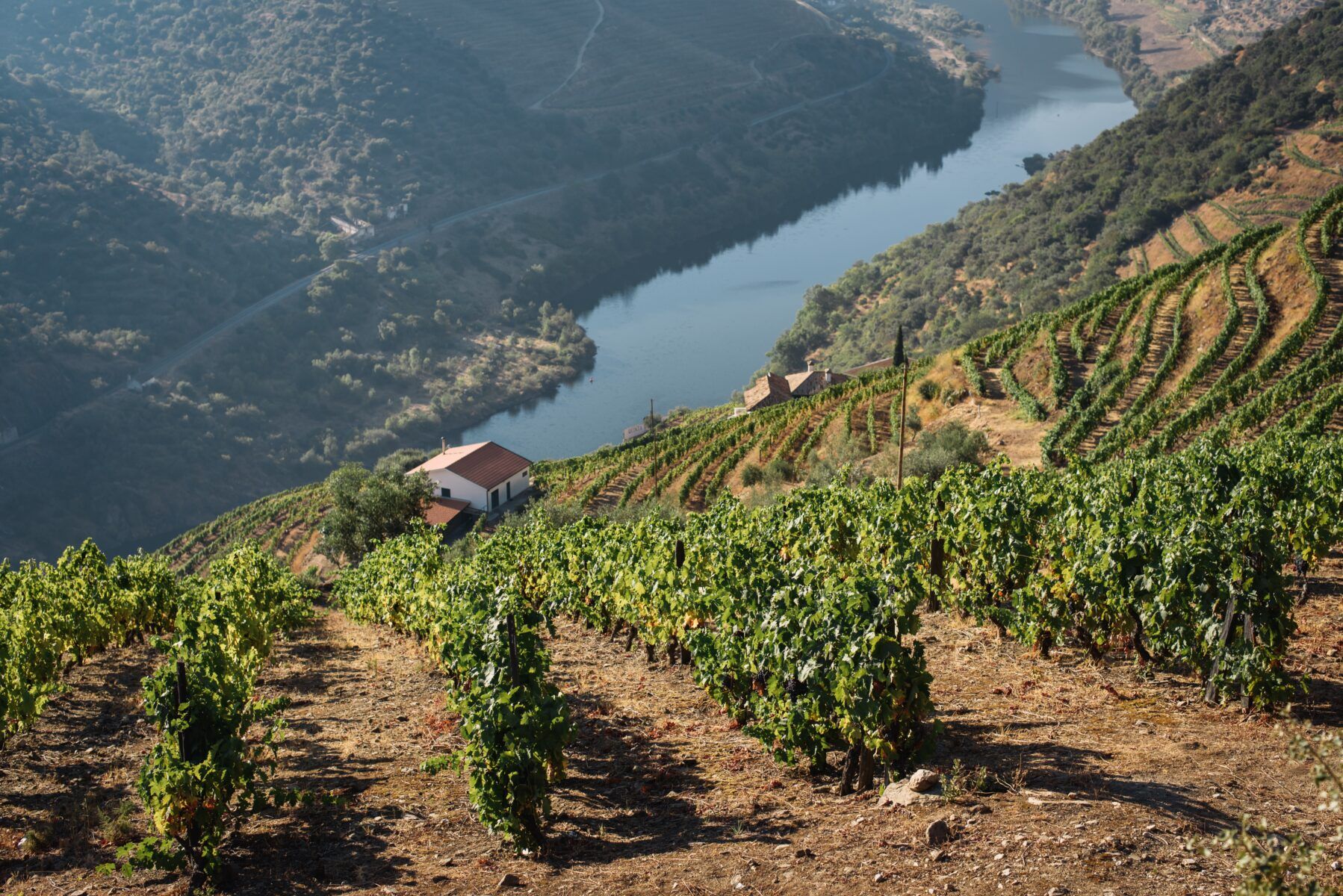The Douro Valley, located in Portugal, is an alluring land with breathtaking views. The region is characterized by undulating mountains that stretch into the distance, steep slopes, and a mesmerizing patchwork of reds, greens, and browns. Snaking its way through the region and twisting in and out of sight, the Douro River, the highest-flowing river in the Iberian Peninsula, sprawls for 897 kilometers across Portugal and Spain. The river is a sight to behold, approximately 110 kilometers long and 20 kilometers wide.
The Douro Valley features three distinct sub-regions, each with unique characteristics. The southernmost sub-region, Baixo Corgo, is the warmest and driest. The northernmost sub-region, Douro Superior, is the coldest and wettest. Lastly, the middle sub-region, Cima Corgo, is world-renowned for its Port wines. Cima Corgo is the only place globally to produce “port wine” legally. It is also renowned for being the oldest demarcated wine region globally, dating back to 1756, almost a century before Bordeaux. It is, however, one of the most challenging places to grow grapes and make wine on Earth. The region is rocky, windy, and rugged. It’s tough.
Despite the harsh environment, the people of Douro have shown exceptional ingenuity in creating ways to beat nature. Farmers have gradually turned the hillsides into vast terraces that allow grapevines to draw water from below and sun from above. Generation after generation, during countless harvest seasons, locals have broken their backs in the rolling hills blanketed with vines amidst plagues and pandemics, a demonstration of their resilience and endurance against the odds.
The Douro community has not only adapted the terroir to produce some of Portugal’s finest wines but has also created a unique gastronomic region in the country by adapting their way of eating to the circumstances. Until the 19th century, Douro was remote and inaccessible. Its cuisine sips influence from three surrounding areas, including the Douro Litoral (Porto), Trás-os-Montes (Alto Douro), and Beira Alta (Baixo Douro). The cuisine is strongly seasonal, with locals eagerly awaiting products like sardines, lamprey, or chestnuts. The dishes have small, family-owned, self-sustaining characteristics, making them unique and authentic.
Some of the delicacies in Douro include caldo-verde, a green soup of Galega cabbage and potatoes, lightened with fine olive oil and brightened with a strip of Northern salpicão, usually served with a slice of broa de Avintes or de milho. The region also boasts an extensive list of cod dishes, including Bacalhau à Moda do Douro, lightly fried in olive oil after passing through the flour and beaten egg, then boiled in vinho verde alongside onion, parsley, and garlic.
One-pot meat dishes, such as Arroz de Cabidela, chicken rice jazzed up with chicken blood and vinegar, as well as Rancho à Transmontana, a beef, sausages, and chickpeas casserole flavored and colored with paprika, are also popular in this region. Desserts are also a treat, with dishes such as Aletria, a vibrant yellow, sweet angel hair pasta pudding, and rabanadas, slices of white bread dipped in sweetened warmed milk and then in egg, fried in oil until golden brown on the outside and custardy inside, then tossed in cinnamon and granulated sugar.

Therefore, the Douro region perfectly blends flavors, local traditions, and tenacity. Its cuisine is an alliance of simplicity and savoriness, making it an excellent destination for our upcoming Portugal trips. Join us!






















